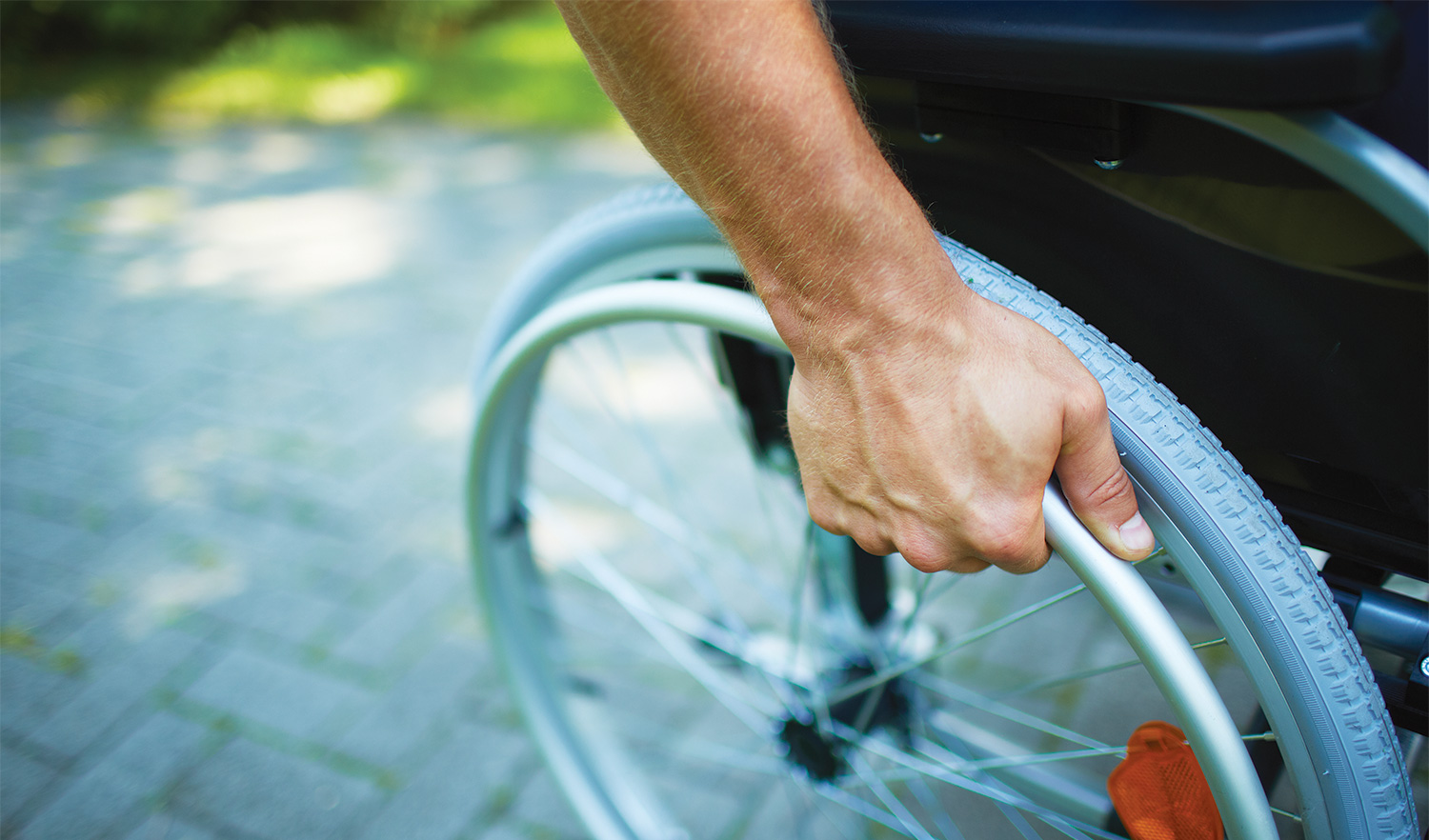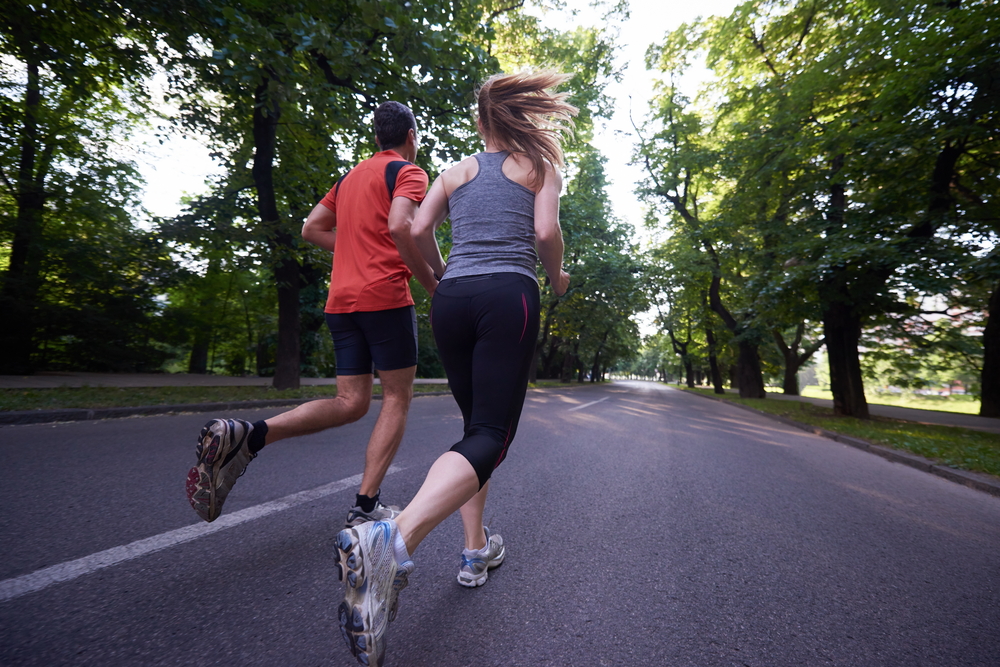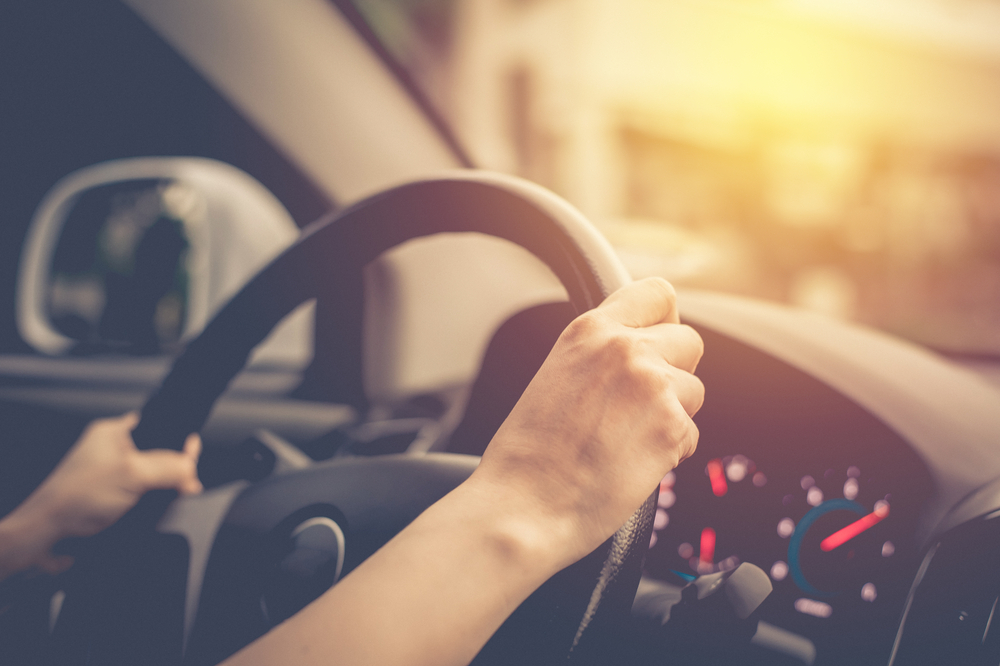Even though you may be an experienced driver, over time you can pick up bad habits. Not only do bad habits put you at risk on the road but they also endanger those driving around you.
If you are looking to progress your driving there are some simple ways to get better that will help keep you safer behind the wheel. Here are some quick tips:
- Go back to basics
It’s nothing out of the ordinary to see drivers forgetting to execute the basics that you learn in driving school. But forgetting to do so is dangerous. Simple things, like entering the left lane of the street you’re turning on to when turning left at an intersection, signaling when changing lanes or when backing out of a parking spot, and coming to a full stop at stop signs, are key for your safety. Also, bad habits like driving when you’re in a rush, distracted or over-tired are all dangerous habits that can lead you to drive recklessly. Try to only drive when well rested, give yourself time to make the trip and put the phone away when you’re behind the wheel.
- Adjust your mirrors
Make sure your side mirrors are adjusted properly. While you can’t completely eliminate blind spots, and need to fully turn your head to check them before changing lanes or turning, having your mirrors adjusted optimally can greatly reduce them. To adjust your driver’s side mirror, move the mirror so you can barely see the edge of the vehicle in the mirror’s right-hand side when your head is against the left-side car window. To adjust the passenger side mirror, move it so that you can barely see the side of the vehicle in the left-side of the mirror when your head is just above the center console. This will give you much better view around your vehicle while driving.
- Learn high-beam protocol
High-beams are a key tool to help you see on poorly lit roads at night and extreme daytime weather, but they can also be blinding. Make sure to turn off your high-beams when approaching another vehicle to prevent other drivers from becoming blinded by your lights. If other drivers on the road fail to do this it’s recommended to look at the right side of the road and follow the painted edge line instead of looking directly at the lights.
- Make your left turns safer
When waiting to make a left turn point your wheels straight rather than to the left. If a car strikes yours from behind and your wheels are turned left you will be pushed into oncoming traffic. Stay safe by keeping them straight.
- Keep your eyes moving
Don’t go into auto-pilot with your eyes while driving. Make sure to be checking your mirrors, looking far ahead and at the vehicles around you. Some drivers have a tendency of focusing solely on the car in front of them which can make it harder to realize that you’re getting closer and closer to them.
- Keep your distance
While driving we can get in the habit of not leaving enough room between our car and the one in front of us. Time the distance between your car and the one in front of you by noticing when the car in front of you passes a marker on the road. When it does, time how long it takes for you to reach that same marker. A recommended time-distance to leave between your car and the car in front of you is 4 seconds which gives you enough reaction time in case the car in front of you suddenly breaks.
- Go back to class
Over time the rules of the road change. If it’s been a long time since you last took a driving course perhaps a driving refresher course would be good for you. Doing so can help keep you up to speed on changed driving rules as well as keep your driving skills sharp.
- Study your car
Get a deep understanding of your car’s features. Vehicles today are coming out with an increasing number of safety features on them, like rear-view cameras and lane departure warnings. Take time to research to learn their abilities and limitations so you don’t over rely on them but also take advantage of all your vehicle has to offer.
- Learn how to properly use a roundabout
The one thing that many experienced drivers are still daunted by is roundabouts. If you find roundabouts intimidating focus on learning how to use them properly. There is an online guide available from the Ontario Ministry of Transportation.
- Go to the optometrist
Having good eyesight is key for keeping your driving skills sharp. As you age eye problems can arise gradually, so they can be difficult to notice yourself. Getting your eyes checked regularly by an optometrist can help you catch any problems and allow you to have them addressed.
While you can be a very safe driver, sometimes accidents do happen. Fast dial #1000 free from your cell and we’ll get you the support you need.















